
Elizabeth Keckley was a former slave who became a successful seamstress, civil activist, and author in Washington, DC. She was best known as the personal modiste and confidante of Mary Todd Lincoln, the First Lady.
Keckley steadily built a client base so that she had enough work to support herself. When she completed a silk dress for Mary Anna Custis Lee, the wife of Robert E. Lee, to wear to a dinner party for the Prince of Wales, the future King Edward VII, Lee was complimented for her dress and Keckley's business grew rapidly.
She employed 20 seamstresses
at her 12th Street business.
It generally took two to three weeks to make each dress. As she began hiring seamstresses to make dresses for her clients, Keckley focused her attention on fitting garments and the seamstresses made most of the garments. S
he had a talent for draping fabric and fitting garments.
The Smithsonian Institution states: "She was known to be
the dressmaker in D.C. because her garments had extraordinary fit."
Her dresses were considered to be expensive, yet she sometimes made much more money from the commission for manufacture of the fabric than for the actual construction of the article of clothing.
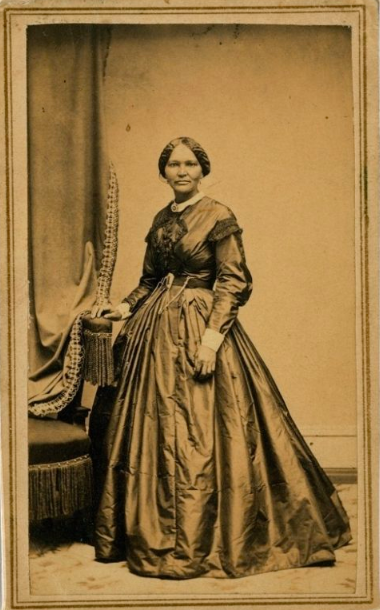
Keckley met Mary Todd Lincoln on March 4, 1861, the day of Abraham Lincoln's first inauguration and had an interview the following day. Lincoln chose her as her personal modists and personal dresser,
which began when Lincoln was quite upset and overwhelmed about getting ready in time for an event at the White House.
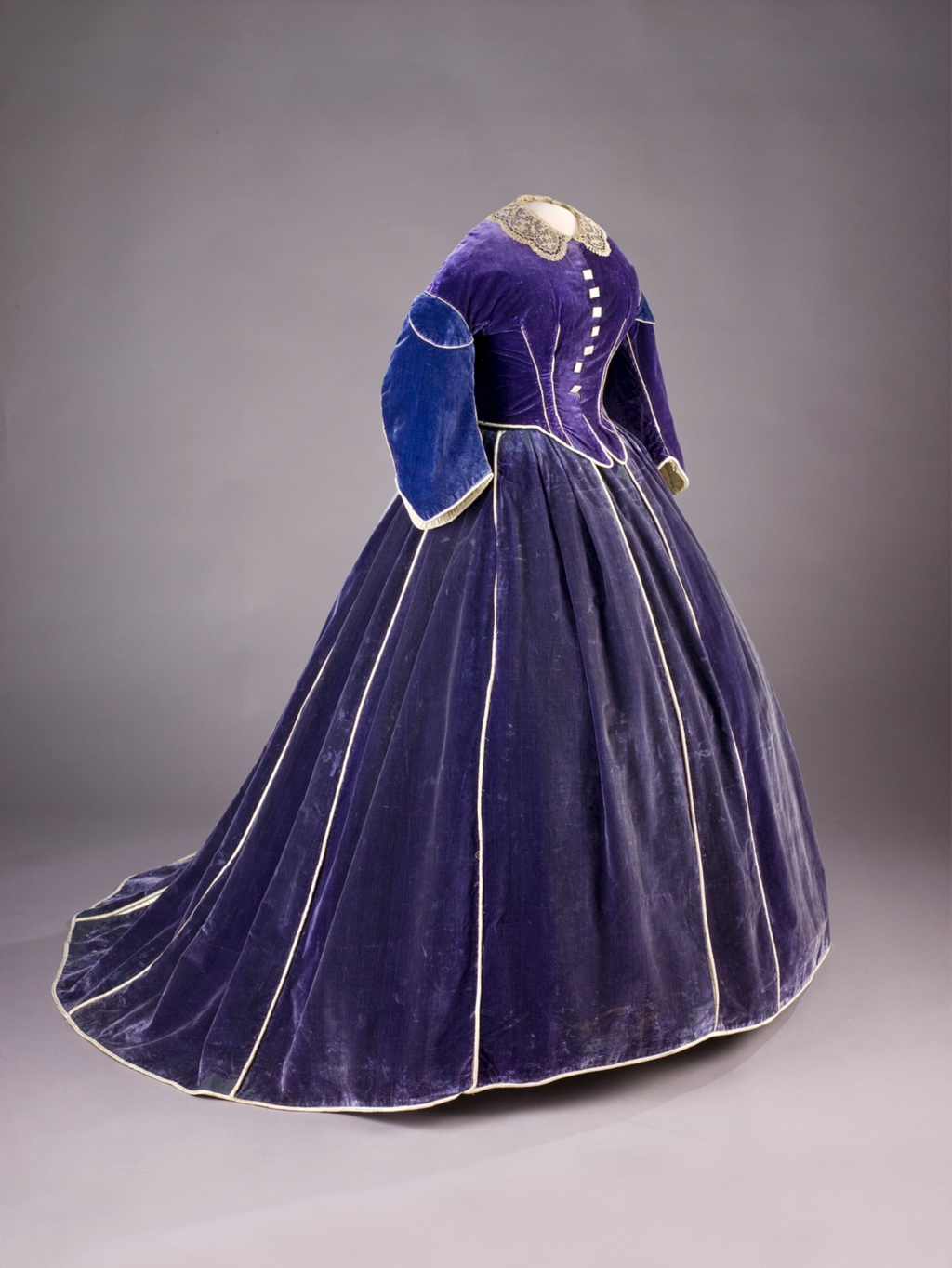
From Check the Runway!

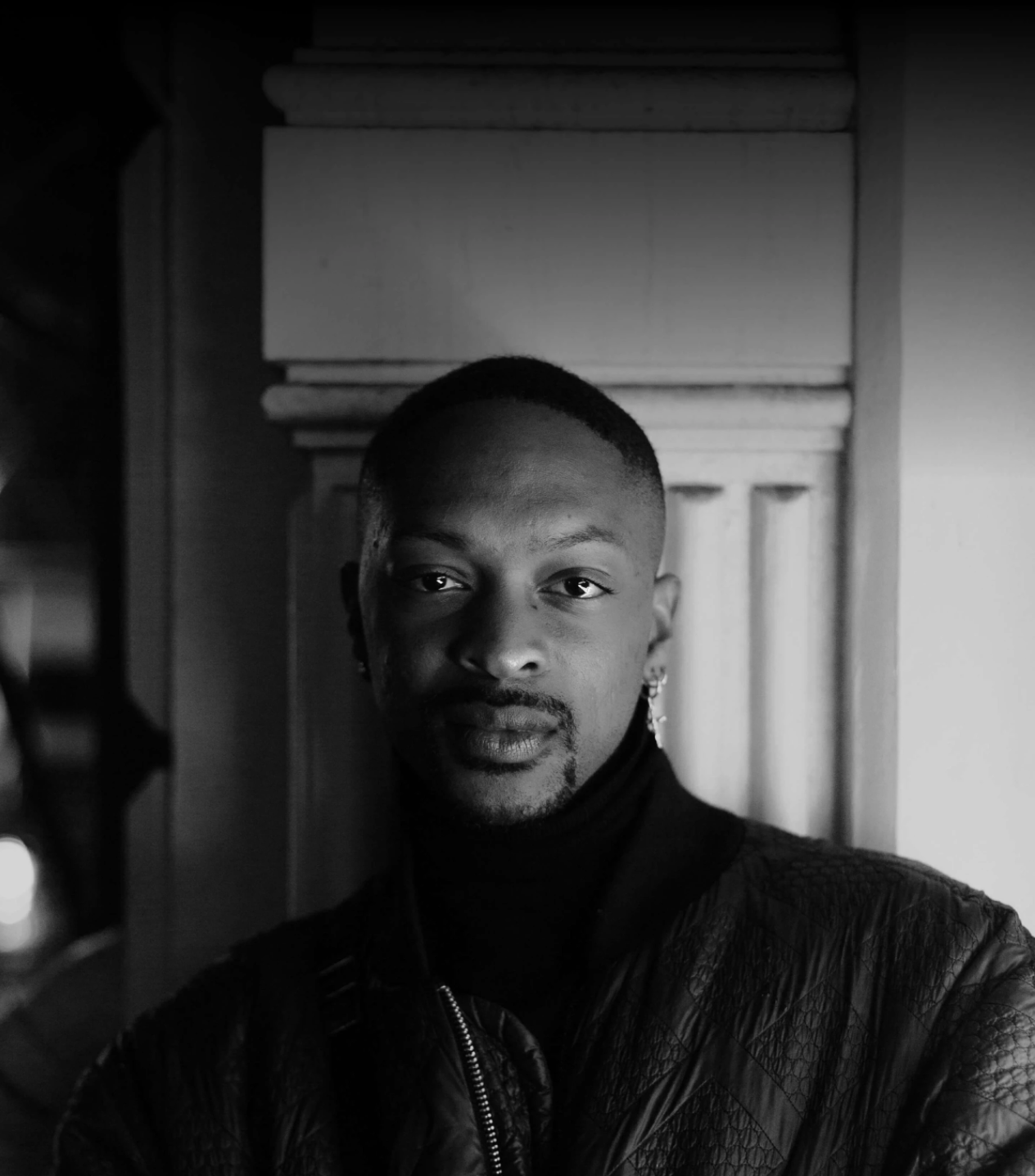
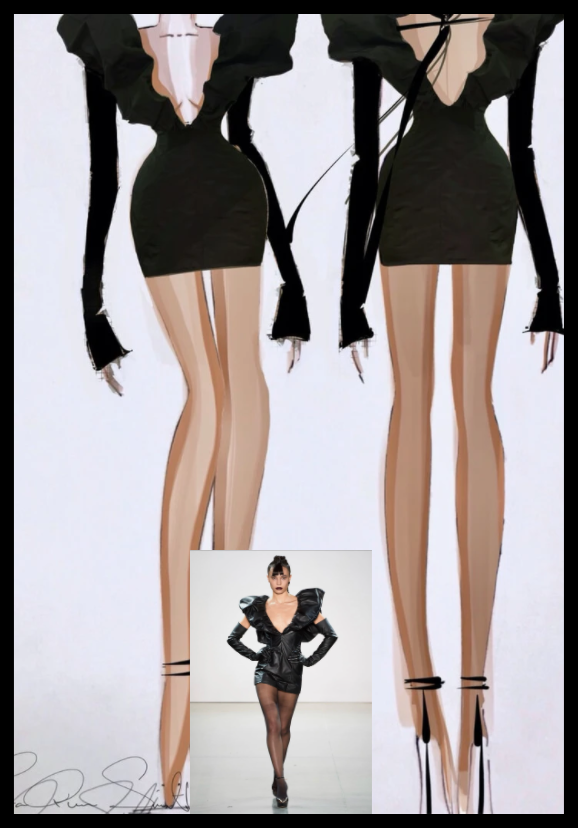
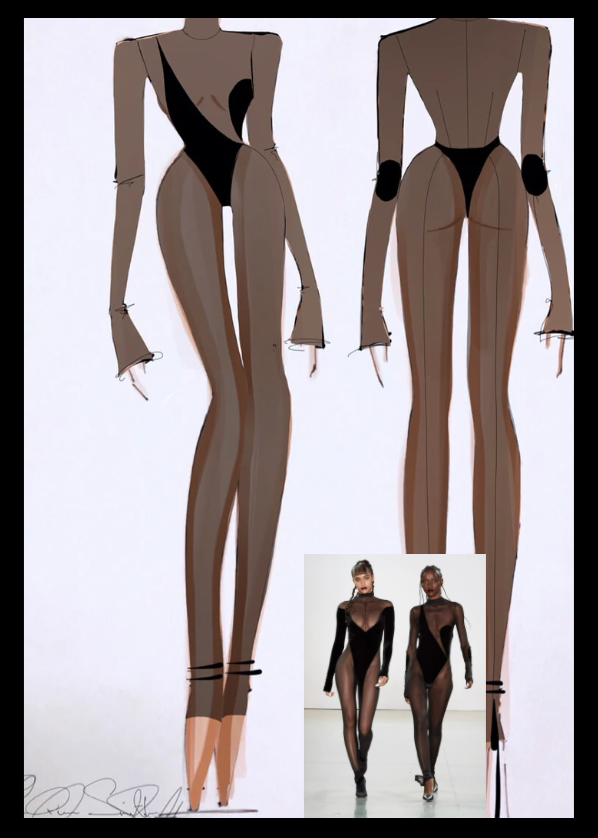 He observed his grandmother and a lot other women role models as a kid. His family sent him to art school in high school, which was a transformative experience. He was denied by FIT and Parsons, struggling to find his way into the industry. He formed an LLC that made “LaQuan Smith 3D leggings” and became known as the “leggings” guy. He modeled them, passed them around, and celebrities started to wear them, that’s when things ‘took off.’
His distinctive work sparked interest among fashion icons and risk takers including Beyonce, Rihanna, Lady Gaga, and Kim Kardashian, all of whom were early supporters.
Since its formal debut in 2013, the brand has gained acclaim for its endless archive of distinctive garments and details. Smith has cultivated an equally dynamic private order clientele which spans the globe from Lagos to London.
From Check the Runway!
He observed his grandmother and a lot other women role models as a kid. His family sent him to art school in high school, which was a transformative experience. He was denied by FIT and Parsons, struggling to find his way into the industry. He formed an LLC that made “LaQuan Smith 3D leggings” and became known as the “leggings” guy. He modeled them, passed them around, and celebrities started to wear them, that’s when things ‘took off.’
His distinctive work sparked interest among fashion icons and risk takers including Beyonce, Rihanna, Lady Gaga, and Kim Kardashian, all of whom were early supporters.
Since its formal debut in 2013, the brand has gained acclaim for its endless archive of distinctive garments and details. Smith has cultivated an equally dynamic private order clientele which spans the globe from Lagos to London.
From Check the Runway!

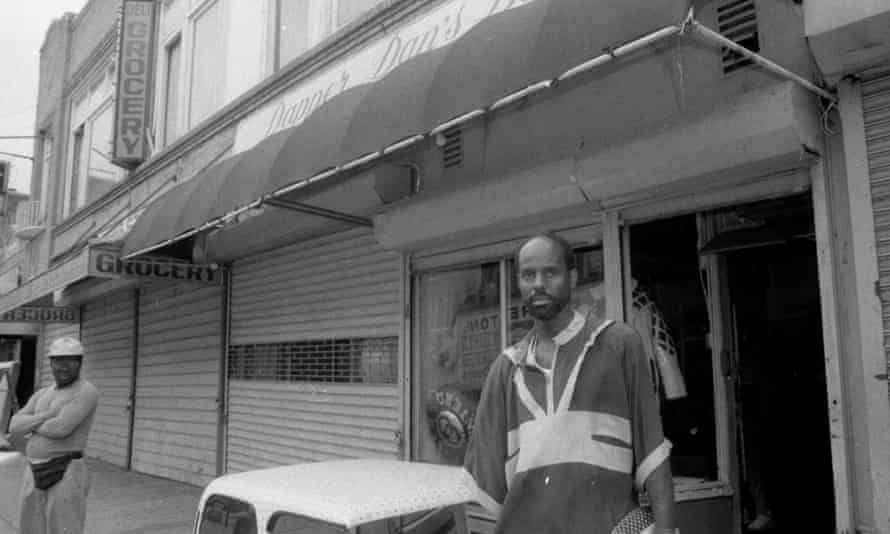

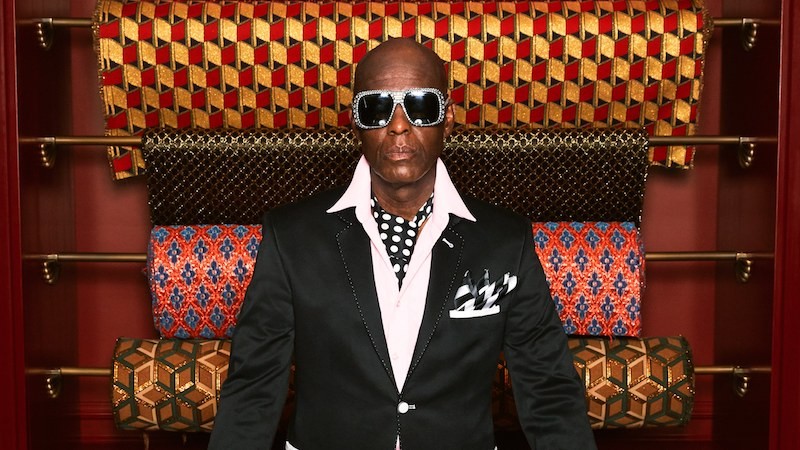
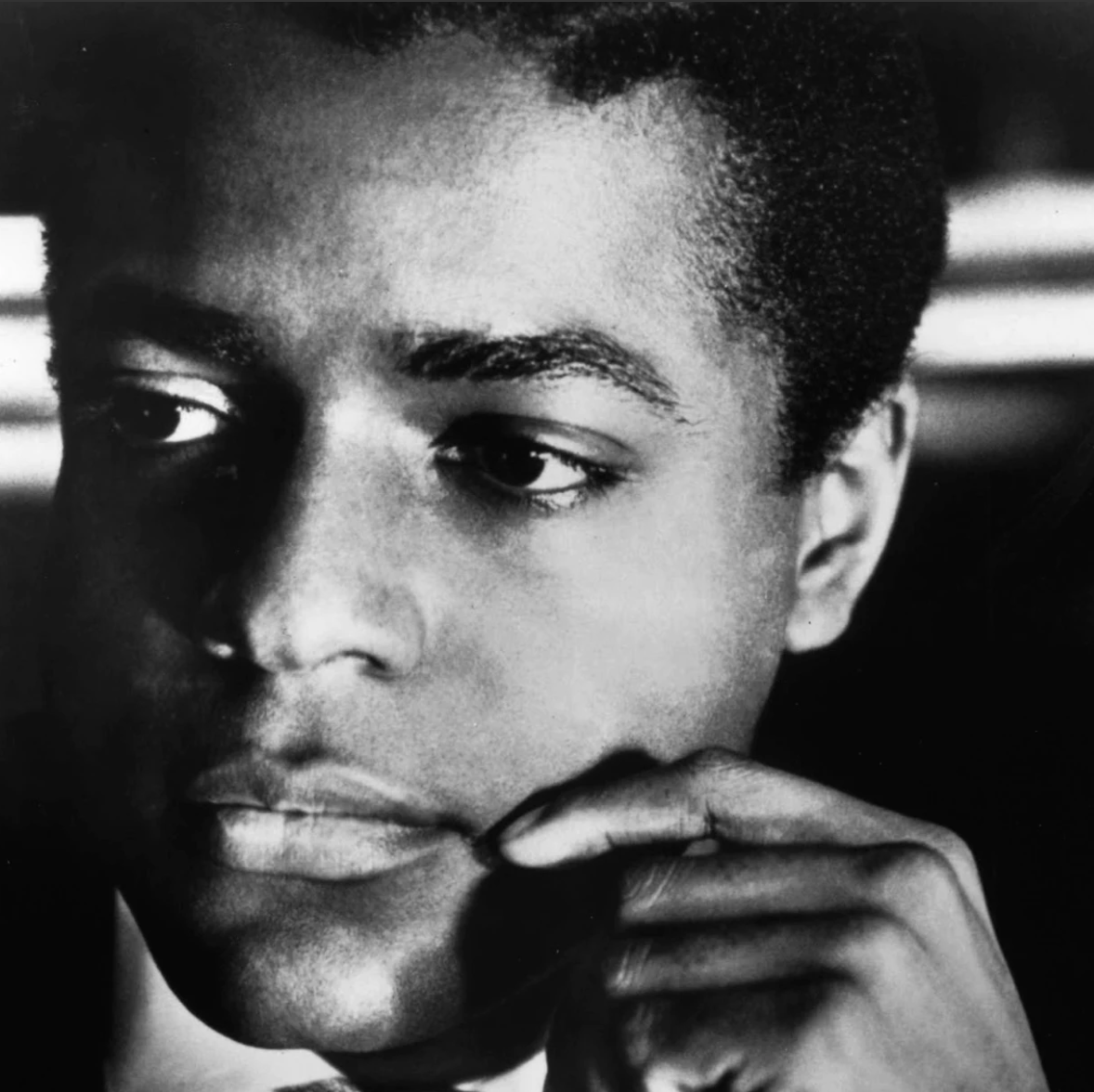 Jeffrey Banks is an acclaimed Men’s Fashion Designer whose signature American design style has significantly impacted the entire fashion world.
The Jeffrey Banks Signature Men’s Wear Collection was launched in 1977, consisting of tailored clothing, dress furnishings and sportswear. It established a new benchmark for men of style.
The American art of casual dressing was reinvented when Banks took over as Design Director of Merona Sport in the 1980’s. He introduced never before seen colors and fabrications coupled with soft styling and loose fit for men, women and children. Merona Sport became an instant hit and sales rocketed from $7,000,000 to $85,000,000.
Throughout the last decade Banks has been Creative Design Director for several highly successful private label Men’s Wear lines. The East Island and the Metropolitan View lines for the Bloomingdale’s chain have generated over $70,000,000 in sales.
In 2004 Banks was tapped to be a design consultant for Haggar Clothing Company to help revitalize the famed pants company’s sportswear division. His designs for the woven shirt and knit areas at Haggar helped make Haggar’s Cool 18 the number one selling knit shirt at Kohl’s and helped increase sales dramatically at J C Penney.
Banks was selected to be Design Director for the historical launch of the first brand extension for Johnnie Walker Scotch. The Johnnie Walker Collection includes casual sportswear and timepieces. The Collection has changed the perception of Johnnie Walker, helping to make it more appropriate for today’s younger affluent male.
Jeffrey Banks is an acclaimed Men’s Fashion Designer whose signature American design style has significantly impacted the entire fashion world.
The Jeffrey Banks Signature Men’s Wear Collection was launched in 1977, consisting of tailored clothing, dress furnishings and sportswear. It established a new benchmark for men of style.
The American art of casual dressing was reinvented when Banks took over as Design Director of Merona Sport in the 1980’s. He introduced never before seen colors and fabrications coupled with soft styling and loose fit for men, women and children. Merona Sport became an instant hit and sales rocketed from $7,000,000 to $85,000,000.
Throughout the last decade Banks has been Creative Design Director for several highly successful private label Men’s Wear lines. The East Island and the Metropolitan View lines for the Bloomingdale’s chain have generated over $70,000,000 in sales.
In 2004 Banks was tapped to be a design consultant for Haggar Clothing Company to help revitalize the famed pants company’s sportswear division. His designs for the woven shirt and knit areas at Haggar helped make Haggar’s Cool 18 the number one selling knit shirt at Kohl’s and helped increase sales dramatically at J C Penney.
Banks was selected to be Design Director for the historical launch of the first brand extension for Johnnie Walker Scotch. The Johnnie Walker Collection includes casual sportswear and timepieces. The Collection has changed the perception of Johnnie Walker, helping to make it more appropriate for today’s younger affluent male.  Elizabeth Keckley was a former slave who became a successful seamstress, civil activist, and author in Washington, DC. She was best known as the personal modiste and confidante of Mary Todd Lincoln, the First Lady. Keckley steadily built a client base so that she had enough work to support herself. When she completed a silk dress for Mary Anna Custis Lee, the wife of Robert E. Lee, to wear to a dinner party for the Prince of Wales, the future King Edward VII, Lee was complimented for her dress and Keckley's business grew rapidly. She employed 20 seamstresses at her 12th Street business. It generally took two to three weeks to make each dress. As she began hiring seamstresses to make dresses for her clients, Keckley focused her attention on fitting garments and the seamstresses made most of the garments. She had a talent for draping fabric and fitting garments.
The Smithsonian Institution states: "She was known to be the dressmaker in D.C. because her garments had extraordinary fit." Her dresses were considered to be expensive, yet she sometimes made much more money from the commission for manufacture of the fabric than for the actual construction of the article of clothing.
Elizabeth Keckley was a former slave who became a successful seamstress, civil activist, and author in Washington, DC. She was best known as the personal modiste and confidante of Mary Todd Lincoln, the First Lady. Keckley steadily built a client base so that she had enough work to support herself. When she completed a silk dress for Mary Anna Custis Lee, the wife of Robert E. Lee, to wear to a dinner party for the Prince of Wales, the future King Edward VII, Lee was complimented for her dress and Keckley's business grew rapidly. She employed 20 seamstresses at her 12th Street business. It generally took two to three weeks to make each dress. As she began hiring seamstresses to make dresses for her clients, Keckley focused her attention on fitting garments and the seamstresses made most of the garments. She had a talent for draping fabric and fitting garments.
The Smithsonian Institution states: "She was known to be the dressmaker in D.C. because her garments had extraordinary fit." Her dresses were considered to be expensive, yet she sometimes made much more money from the commission for manufacture of the fabric than for the actual construction of the article of clothing.
 Keckley met Mary Todd Lincoln on March 4, 1861, the day of Abraham Lincoln's first inauguration and had an interview the following day. Lincoln chose her as her personal modists and personal dresser, which began when Lincoln was quite upset and overwhelmed about getting ready in time for an event at the White House.
Keckley met Mary Todd Lincoln on March 4, 1861, the day of Abraham Lincoln's first inauguration and had an interview the following day. Lincoln chose her as her personal modists and personal dresser, which began when Lincoln was quite upset and overwhelmed about getting ready in time for an event at the White House.
 From Check the Runway!
From Check the Runway!
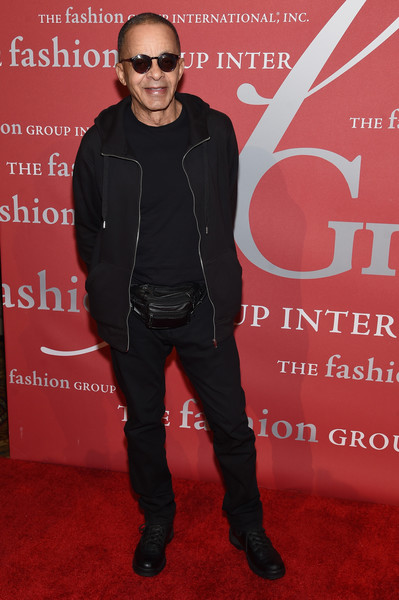
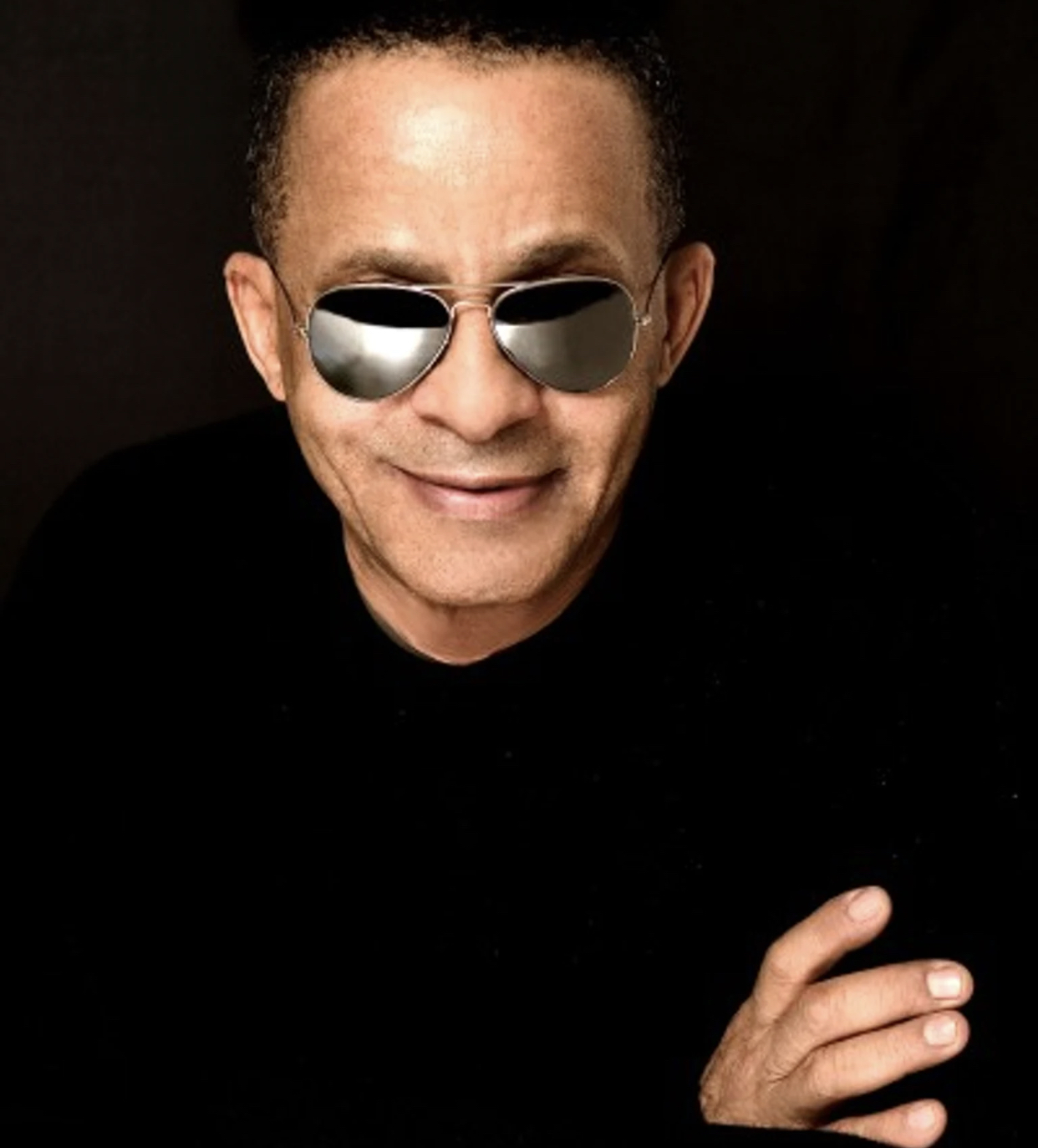
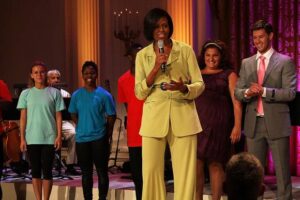
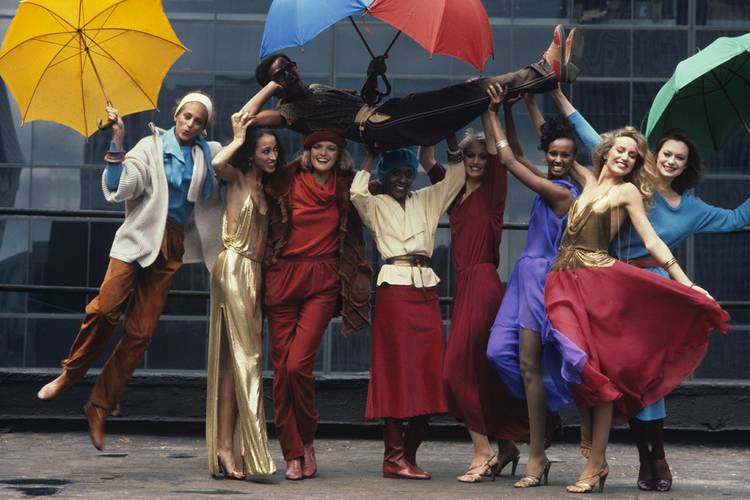
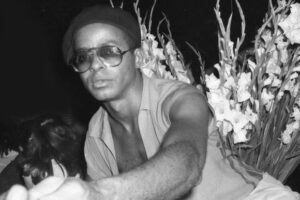 Stephen Burrows is an iconic fashion designer. He started with his own ready-to-wear collection in 1969 with friend Roz Rubenstein for Bonwit Teller. Later that year, Henri Bendel’s visual director, Joel Schumacher, introduced Stephen to Bendel’s President, Geraldine Stutz. She hired him on the spot.
The “Stephen Burrows World” boutique opened at Henri Bendel in 1970 and propelled Burrows to immediate success. He is the first African-American designer to achieve international acclaim. His vision and design techniques were revolutionary during a time when European fashion houses strongly influenced American design. With the advent of stretch fabrics like wool and rayon jersey, Burrows crafted a close fit and slim silhouette the “Burrows signature” which he maintains today. He also originated the “lettuce edge”, an edging treatment that is still widely copied.
Burrows participated in the now infamous benefit fashion show held at the Palace of Versailles, France, which was organized by Eleanor Lambert in 1973. The French were represented by designers, Pierre Cardin, Christian Dior, Hubert de Givenchy, Yves Saint Laurent, Emanuel Ungaro. The Americans were represented for the first time in Europe and along with Burrows included, Halston, Oscar de la Renta, Bill Blass and Anne Klein. Burrows’ success continued and he was awarded the Coty award in 1973, 1974 and 1977.
Stephen Burrows is an iconic fashion designer. He started with his own ready-to-wear collection in 1969 with friend Roz Rubenstein for Bonwit Teller. Later that year, Henri Bendel’s visual director, Joel Schumacher, introduced Stephen to Bendel’s President, Geraldine Stutz. She hired him on the spot.
The “Stephen Burrows World” boutique opened at Henri Bendel in 1970 and propelled Burrows to immediate success. He is the first African-American designer to achieve international acclaim. His vision and design techniques were revolutionary during a time when European fashion houses strongly influenced American design. With the advent of stretch fabrics like wool and rayon jersey, Burrows crafted a close fit and slim silhouette the “Burrows signature” which he maintains today. He also originated the “lettuce edge”, an edging treatment that is still widely copied.
Burrows participated in the now infamous benefit fashion show held at the Palace of Versailles, France, which was organized by Eleanor Lambert in 1973. The French were represented by designers, Pierre Cardin, Christian Dior, Hubert de Givenchy, Yves Saint Laurent, Emanuel Ungaro. The Americans were represented for the first time in Europe and along with Burrows included, Halston, Oscar de la Renta, Bill Blass and Anne Klein. Burrows’ success continued and he was awarded the Coty award in 1973, 1974 and 1977.